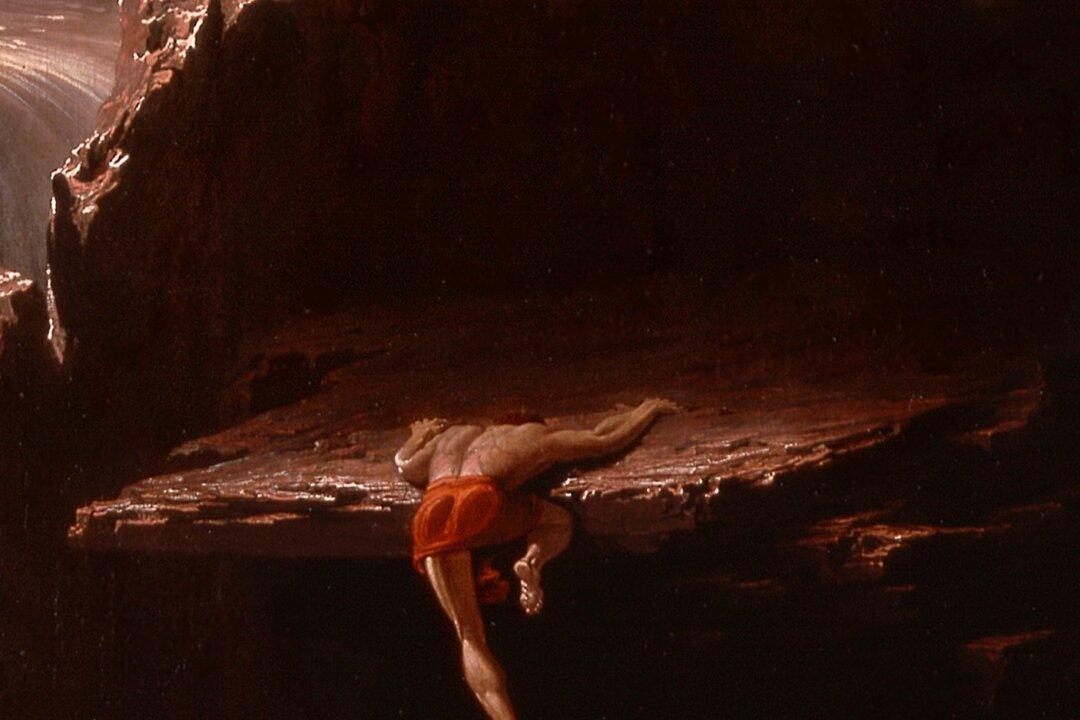Irrespective of our backgrounds, so many of us have endured what seemed like insurmountable hardship, and, somehow, we made it through.
But what were our hearts like during those hardships? What type of mindset were we strengthening and reinforcing during our turmoil? Did we let faith be our guide and love be our aim, despite our exhaustion?





